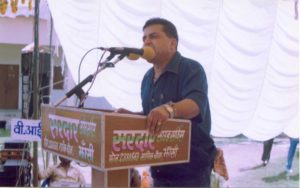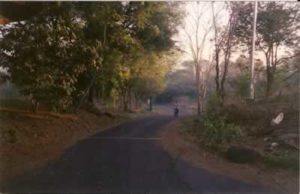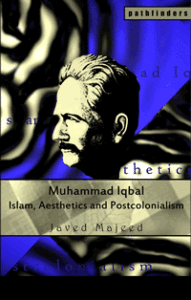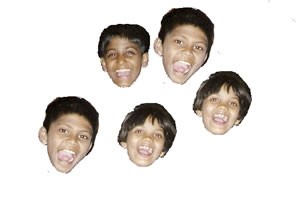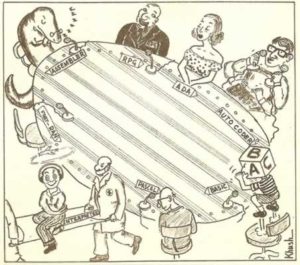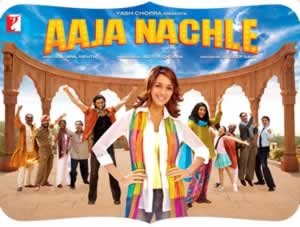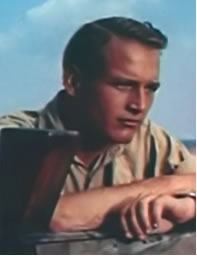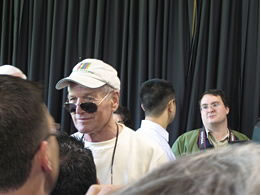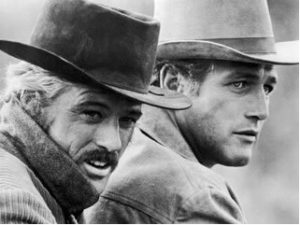EDITORIAL
Arushi – Hemraj Murder Case
The Role of Media in Prejudicing Fair Trial – A case study

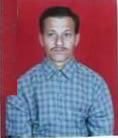
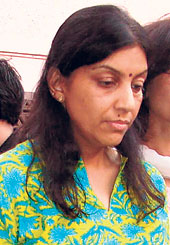


(L to R) Arushi – Victim | Hemraj – Victim| Nupur – Mother | Dr.Talwar – Father | Krishna – Compounder
Please Note the Title of this piece has the names of both victims. Most media have called it the Arushi Murder case – as if the life of a domestic help is of little consequence. In some (rare) cases words such as murderer had been appended to the suspects. We are not a News Magazine so the merits of the case are not part of our purview but Media is definitely one of our concerns. The Sensationalisation of the unfortunate murder of Arushi and Hemraj has raised certain issues on Media’s role in encroaching upon the rights of the individuals to receive fair treatment. On their rights to privacy – and the right of every accused to be considered innocent until he/she is conclusively proved to be guilty.
While the media is also a watchdog for ensuring fair trial and justice, must it not exercise self control and self censorship to ensure the dignity of the affected persons? Of course there are legal provisions when it comes to contempt. A Court report prejudicing fair trial may be of various forms. It is contempt if a newspaper report deters a person from giving witness in a court; if the report offers threats or is written in abusive language compelling a party to discontinue the court proceedings; and if the report discusses the merits of a case pending in court.
At present the case is not subjudice and therefore no such laws inhibit the media, that is why one feels some self censorship is required.
Most court journalism students must have studied the Dr. Samuel Sheppard case. By coincidence that gentleman too was a doctor. In the United States, in the famous Sheppard Case (1966) the judgment pronounced by a court was reversed twelve years later on the ground of prejudicial publicity.
Facts of the case were that Dr. Samuel Sheppard had served nearly ten years on his conviction of a charge of murdering his wife. Later in 1966 the court held that due to virulent publicity and a “carnival atmosphere” a fair trial was not possible. The US media persons were warned that trials were were not like elections, to be won through public meetings radio, and newspapers. The media was also asked to show the increasingly prevalent
habit of making unfair and prejudicial comments on pending trials.
Dr. Samuel Sheppard case, as reported in Plain Dealer, Cleveland, U.S.A. (17th November, 1966) gives an account of the reporter’s experience of the proceedings in the courtroom:
Dr. Samuel Sheppard was found not guilty last night. in the 1954 slaying of his first wife MariiIyn.
Sheppard gleefully slammed his hand down on the trial table after Common Pleas Judge Russel J. Talty read the verdict
Sheppard had to be restrained in his joy by Defence Counsel F. Lee Bailey and co-Defence ~ Russel A. Seeman.
“””Sit down!” ordered Bailey, Sheppard sat down and burst into tears. A woman in the back – screamed, “Thank God”!
0ther women could be heard screaming in the corridor outside the second-floor courtroom •• the Cuyahoga County Criminal Courts Building.
Sheppard ‘ s second wife, Aiane, covered her face and sobbed..softly. She was sitting in the Second row of the seats in the smaIl courtroom jammed with nearly 60 spectators, 27 of them reporters.
As the jury was dismissed, Sheppard broke for the. rear of the courtroom, thrusting a sheriff’s deputy aside ”I’m going to see my wife”, he said.
He leaned off the bar rail and embraced his wife, she threw her arms around him. “Oh, baby”, he sobbed. “Oh, baby”.
Leaping and pushing his way through the crowd that had amassed in the corridor, the former osteopathic neurosurgeon shouted, “He’s my man!” and clasped the stocky Bailey around !he neck.
Bailey, who had worked to have Sheppard freed in 1964 on a writ of habeas corpus, looked on and beamed. This was the moment he had waited for – for 1,827 days, he had told the jury, ever since he became interested in the celebrated Sheppard case in 1961
Marilyn Sheppard, 31, died with more than 25 bone deep wounds in her head. She was four months pregnant with her second child.
Asleep in the next room was the Sheppard’s 7-year-old son, Chip, now a 19-year old freshman at Boston University. He testified in the current trial that he never awakened the night or morning of the murder.
Sheppard told authorities in 1954 that he was attacked and knocked out twice by one or more unknown assailants when he rushed to the rescue of his wife and later when he pursued a shadowy form to the beach behind the Lake Road home.
Sheppard was found guilty of second degree murder in 1954 after a 65-days trial, Sheppard served nearly ten years before he was released from prison on $10,000 bail by a U.S. district court in 1964.
The United States Supreme Court’s attack on prejudicial publicity has had its effect on the coverage of the mass media in most cases, since.
In Britain in the Michael Fagan case (1983), The Sunday Times was fined by the court because the paper published certain particulars about the accused when the trial was pending. The case was related to Michael Fagan who was alleged to have. intruded into the Queen’s bedroom.
In another English case, R.V.S. Thomson Newspapers (1968) it was held that to publish a criminals antecedents, during the pendency court proceedings, against him; is contempt. There are definite reasons why trial by newspaper is prohibited: A trial by newspapers may influence the minds of witnesses. It may also compel a party to withdraw the suit It may prejudice public mind against somebody who might later turn out to be innocent.
Let us not forget that in the present case a small girl has lost her right to live – a father has lost his daughter – a mother has lost her daughter – a father is accused of killing his own progeny – a domestic help who has lost his life also must have a family in Nepal – an employee is accused of killing his employers daughter – so many others are alleged to be involved. In the eyes of law all are innocent until proved guilty.
The media’s role is of course to ensure that investigations remain on course to the extent that it does not prejudice public mind. But questions one must ask: Is it fair for a TV soap to use the story as fodder for its script writers? Does it prejudice public mind even if the producer claims that all characters are fictitious and any resemblance to a real person a figment of viewer’s imagination? Has our reporting been fair to people affected by the tragedy? Has it ensured the personal dignity of the innocent? Because we still don’t know who is guilty and who is innocent.
Manohar Khushalani
27th June, 2008
Footnote: Opinion makers and decision makers read StageBuzz. One day after the above editorial was published some newspapers changed the nomenclature of their headline by calling it an Arushi-Hemraj case in place of Arushi only Murder Case. Hemraj’s existence was recognised as a victim. Also atleast one major National newspaper brought out an empathy article for the accused. Finally the dentist has been allowed to mourn his daughter as an aggrieved father and not as a killer.
